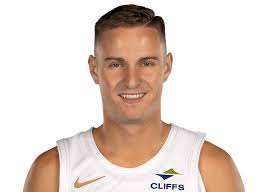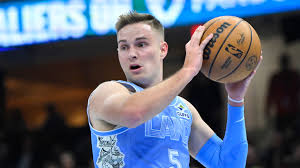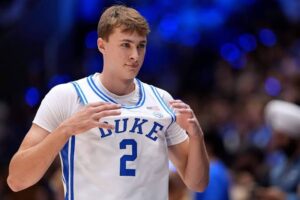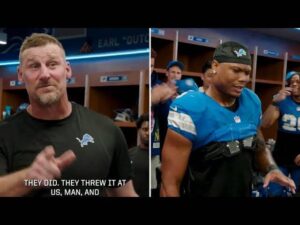
Cleveland Cavaliers Poised to Reinforce Core with Strategic Re-Signings
As the Cavaliers prepare for the 2025–26 NBA season, their front office—led by President Koby Altman—has navigated a challenging salary cap environment while prioritizing key roster continuity. The recent moves reflect a calculated balance between cap constraints and competitive ambition.
Key Re-Signings
Sam Merrill — Four-Year Anchor in the Backcourt

On June 28, 2025, the Cavs secured guard Sam Merrill on a four-year, $38 million deal, reinforcing their three-point shooting and bench depth. Merrill, who averaged 7.2 points and drained 137 threes across 71 games last season, brings consistency and perimeter scoring to a roster that leans heavily on spacing and shooting.
Luke Travers — Developmental Depth
A few days earlier, on July 2, 2025, Cleveland re-signed forward Luke Travers to a two-way contract. While serving as a depth piece, his familiarity with the system makes him a viable insurance option if injuries strike.
Franchise Continuity: Altman’s Long-Term Vision
Leadership stability is equally vital. Owner Dan Gilbert rewarded President of Basketball Operations Koby Altman and his executive team with extensions through the 2029–30 season—a clear vote of confidence in their vision and successful roster construction.
—
Navigating Cap Constraints—and the Outlook
Over the Tax Line, but Staying the Course
Despite finishing with a staggering 64-win season and earning the Eastern Conference’s top regular-season record, the Cavaliers now sit above the NBA’s second tax apron, which limits roster flexibility.

These cap thresholds restrict trade ability, luxury tax exemptions, and contract structuring. As such, Cleveland’s offseason emphasis on re-signings and value acquisitions makes strategic sense.
Tactical Moves in the Backcourt
Cap issues likely influenced the decision to bring in Lonzo Ball via a trade—swapping Isaac Okoro—rather than re-signing Ty Jerome, whose rising price tag and near-tax implications made retention costly. Conversely, Ball’s contract is more affordable and includes a team option, offering flexibility.
Meanwhile, while Ty Jerome expressed team charm and efficiency, the cap reality forced Cleveland to pivot.
Preserving Core Stability
Even amid offers, the Cavaliers have no current plans to trade star guard Darius Garland. Despite rumored interest—such as from the Suns for Kevin Durant—the organization values Garland’s upside and long-term fit.
Strategy: Reload vs. Rebuild
Given these constraints, Cleveland is leaning toward a “reload” strategy—keeping the core intact for another push—rather than a full rebuild. Their success last season and recognized chemistry make this a prudent approach.
—
What Lies Ahead
The Cavaliers’ offseason has so far emphasized value-driven re-signings and complementary additions, all while keeping their championship timeline alive. With Merrill’s sharpshooting, Ball’s ball-handling, and Nance’s return (via a one-year deal) adding veteran frontcourt stability, the roster is taking shape thoughtfully around a young, dynamic nucleus.
That being said, cap flexibility remains tight, limiting blockbuster moves or major free-agent spending. Instead, Cleveland appears ready to bank on health, development, and continuity to finally break through in the playoffs.
—
Summary Table: Cavs’ Offseason Re-Sign Strategy
Player Date Contract Details Role / Impact
Sam Merrill June 28, 2025 4 years, ~$38M Veteran shooter boosting bench consistency
Luke Travers July 2, 2025 Two-way contract Developmental depth and G League insurance
Koby Altman et al. July 2025 Front office extensions to 2029–30 Executive continuity and strategic stability
—
Let me know if you’d like to explore how these moves compare to other Eastern contenders, for
ecast Cavaliers’ playoff chances, or see player-by-player breakdowns!






